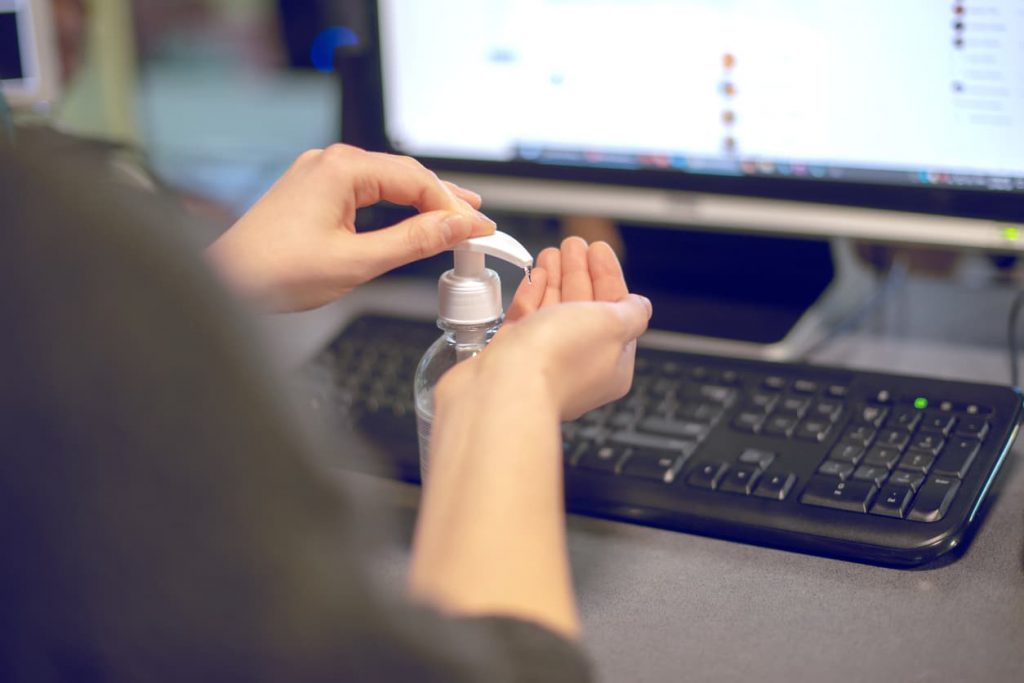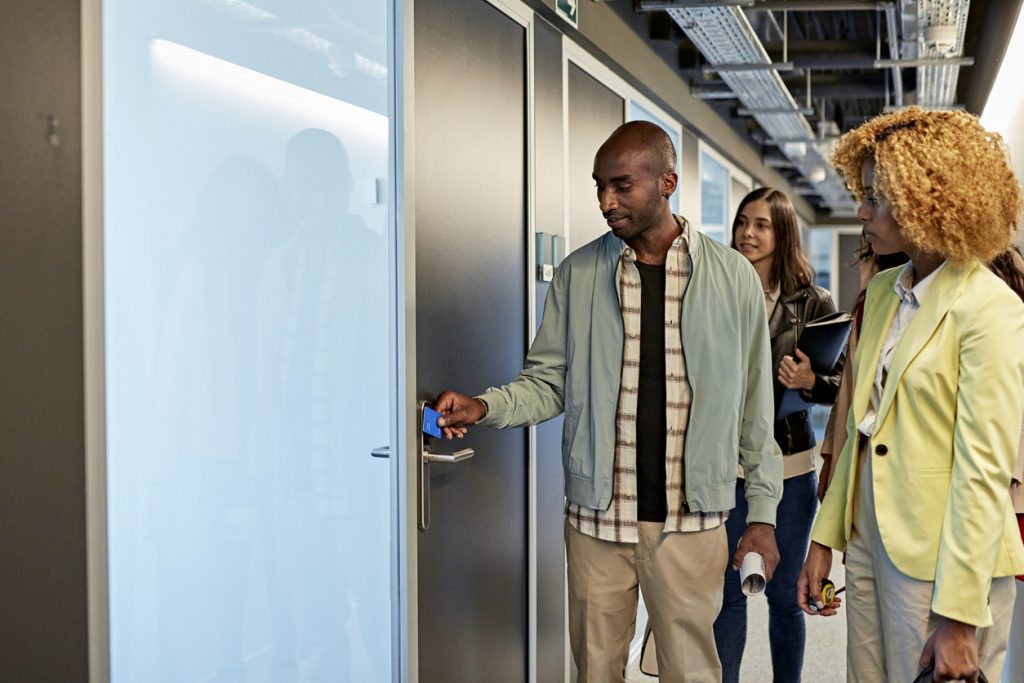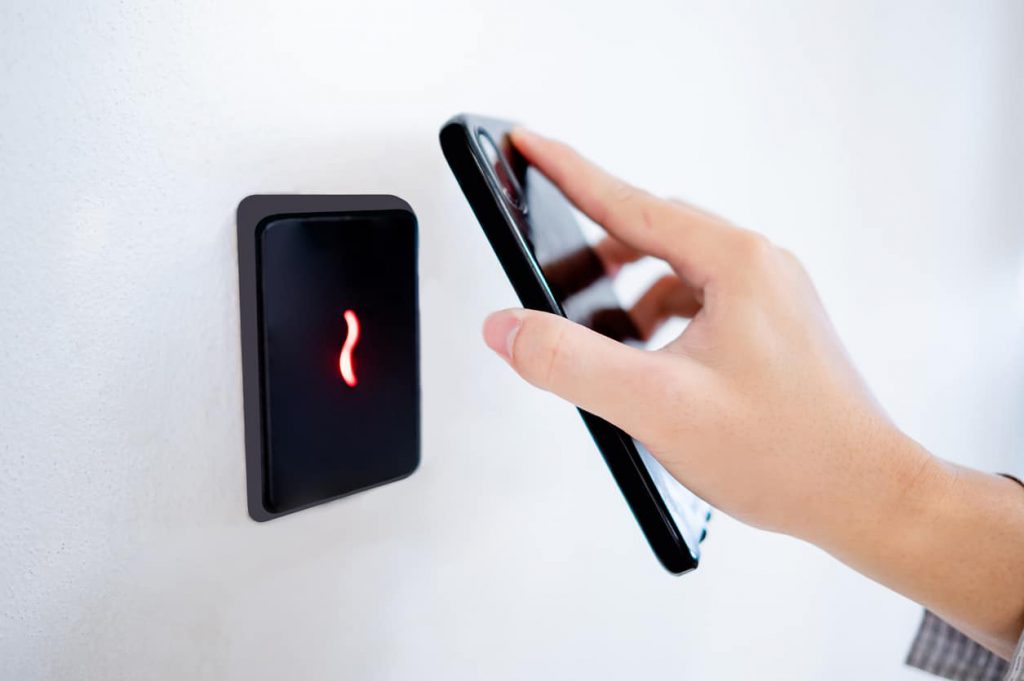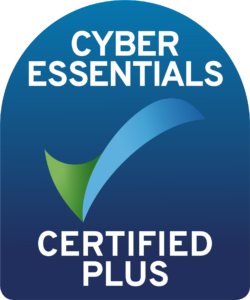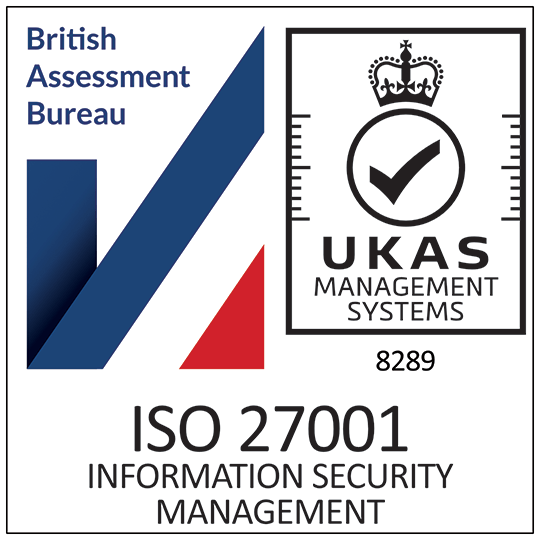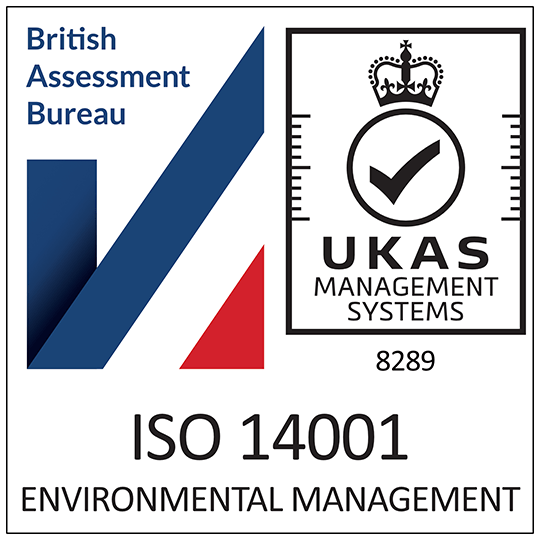Hosting a conference, webinar or event is a tried-and-tested means of building relationships and forging new partnerships. But there’s a lot more to this type of networking than meets the eye, so a strategic approach is needed to ensure that all your hard work pays off.
If you’re using a conference as a platform to reach out to potential partners and backers, there are several things you can do pre- and post-event to engage them. From leveraging data to handing out electronic event passes, it’s important that you use your event to gather data and make connections with those you’re hoping to work with in the future.
In this guide, we’re offering tips on how to engage conference guests post-event, so you can build meaningful relationships and drive your enterprise forward.
Quick Links
Technology and Data
Advances in delegate tracking and data capture enable conference organisers to accrue invaluable insights about their guests and attendees. Information gathering is critical to post-event engagement, so it’s important that you leverage the appropriate tools to discover your guests’ wants, interests and focus points in greater depth.
So, what kind of technologies and data-gathering tools should you use as part of your upcoming corporate event? Let’s take a look.

Electronic Event Cards
Depending on the size and scope of your corporate event, as well as the type of venue, electronic event cards are a great addition to your operations. Issued to all attendees ahead of the event, they offer a range of benefits – not least the possibility of capturing data which can later be used for remarketing and engaging with select guests.
Event cards are a multipurpose asset that will serve both you and your attendees well throughout the event and beyond. Not only do they help to keep your conference safe and secure, they also offer streamlined access for delegates throughout the day, as well as an efficient means of identification.
If you choose electronic event cards with integrated RFID technology, you can leverage the latest targeting and data capture software to gather invaluable insights. Connected to a central database, such technology allows you to segment and track attendees, with a view to target them with follow-ups and remarketing proposals after the event.
Click hereEvent Cards to learn more about the potential of using event cards as part of your upcoming conference.
Develop a Post-Event Thank You Pack
If you want to engage delegates post-event, Swype Plus is an effective way to amplify your brand and build relationships with valued partners. Our 360 card service provides print, packing and mailing options, all designed to reduce admin while ensuring that your guests feel valued and supported after the conference.
Why not create a thank you pack that demonstrates your gratitude while providing delegates with important follow-up information and guidance? With the help of Swype Plus, you can create a professional post-event pack that we will produce and mail on your behalf, so you can leave delegates with a truly positive impression of your brand.

Surveys, Feedback and Delegate Profiles
Following up with delegates after your event is one of the most important things you can do. Why? Not only does it provide useful points for improvement, but it’s a natural way to maintain contact and learn more about what your attendees want – and how you could help them in the future.
Here are some essential tips for using surveys and feedback forms after your conference, as well as some ideas on what to do with the data you gather.
Polls, Surveys and Feedback Forms
Post-conference surveys are a must for any corporate event, and the good thing is, most attendees will be willing to respond. That gives you the perfect opportunity to gather more data from key respondents, as well as essential feedback that can help you improve the content of future events.
When sharing surveys with guests, timing is crucial. Too early and you risk oversaturating them, too late and they may forget the good and bad from the day. Allow enough time for them to digest the event and send any follow-up questions; three to five days after the conference is a good ballpark to aim for.
Attendee Profiles and Responses
When you’ve collated attendee feedback, you need to put it to good use. Here is where a dedicated events management system can come in handy, helping you to segment individual feedback into distinct attendee profiles, which you and your team can use for future remarketing and engagement activity.
Creating attendee profiles from feedback data is a great way to highlight the individuals that you should look to continue conversations with going forward. Incorporating pre- and post-conference insights, these profiles can help you spot opportunities for future remarketing, giving you a complete picture of what your audience wants and what they’re looking for from your organisation.
Additional Tips and Advice
Looking for more ways to keep guests engaged after your conference has ended? Here are some practical tips for moving conversations forward and building on earlier successes.
- Publish your event content – whether via a blog, newsletter, standalone portal, or podcast, publishing your event content is essential for driving engagement and encouraging conversations.
- Actively listen to attendee feedback – feedback isn’t just about gathering data from delegates; it’s a way to improve your offering and refine other processes, such as customer service and order fulfilment. A proactive approach is great for engaging with your audiences after the event, so be sure to respond to all feedback and take comments on board.
- Lean on social media for networking opportunities – armed with your delegate profiles and contact information, social media is the best tool for post-conference networking, particularly platforms like LinkedIn. Here, you can connect with attendees, share content, and request feedback, ensuring that conversations continue long after your event has concluded.
- Create a loyalty scheme to encourage future engagement and attendance – utilising loyalty cards, why not create a programme that rewards delegates for their attendance, input and engagement with future events and conferences? Offering a loyalty scheme is a great way to build lasting relationships and retain the interest of valued parties.
We hope this guide has inspired you to think outside the box when it comes to engaging attendees after your next conference. For more guides and advice, be sure to check out the full Swype blog and newsfeed. If you’d like to learn about our range of professional card printing services, including electronic events cards, visit the homepage or call us on 01744 815 475.


